Four women researchers who were overshadowed in the sciences
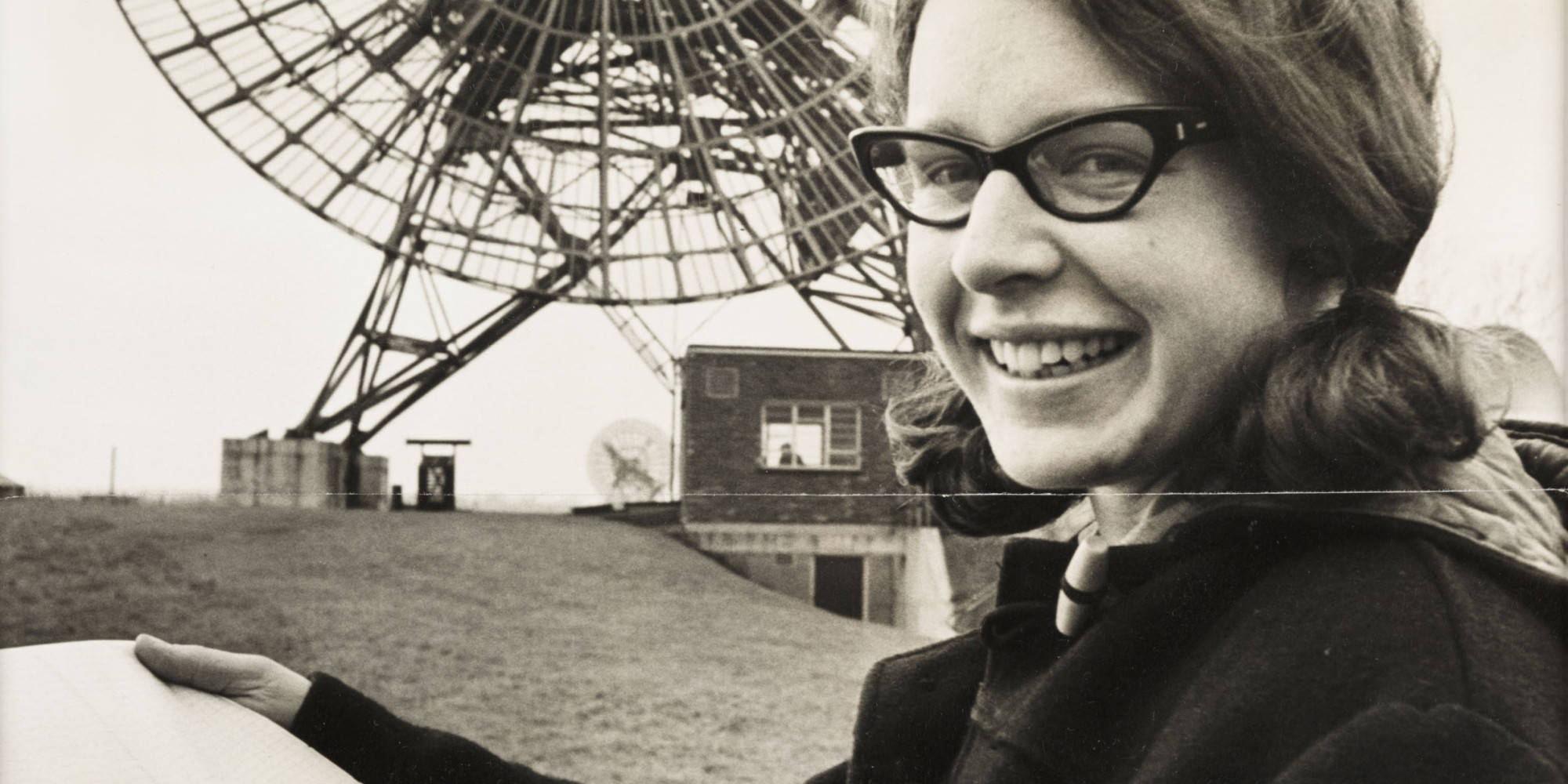
As an advocate of women in science, I am illustrating why supporting the presence of women researchers as the voices of science today plays the crucial role, by presenting four stories of women who have changed the world in the male-dominated world of science, and still have been overlooked throughout their careers.
Beside well known women scientists who had to deal with biases against them in the STEM, such as Ada Lovelace, Marie Curie, Vera Rubin, Hedy Lamarr and many others who invented the core technologies that make civilization possible, here are four female scientists who did groundbreaking work and have made those contributions in spite of astonishing hurdles due to sexism.
Nettie Stevens, born on 7 July, 1861, in Cavendish, Vermont, was an American biologist and geneticist who was one of the first scientists to find that sex is determined by a particular configuration of chromosomes.
She received a Ph.D. in biology from Bryn Mawr College in 1903 and remained at the college as a research fellow in biology for a year, as reader in experimental morphology for another year, and as associate in experimental morphology from 1905 until her death, in 1912.
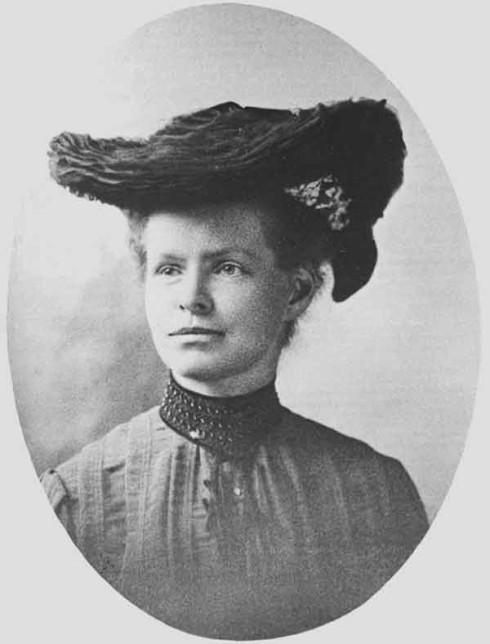
She discovered that chromosomes determined sex, and in her first study, she looked at sex determination in the common mealworm. Investigating the mealworms, she found that the males contained reproductive cells with both X and Y chromosomes whereas the females contained only those with X. She proposed that these two chromosomes be called X and Y, and explained that sex is inherited as a chromosomal factor and that males determine the gender of the offspring. Her work on sex determination was published as a Carnegie Institute report in 1905.
“At the time, the chromosomal theory of inheritance was not yet accepted, and it was commonly believed that gender was determined by the mother and/or environmental factors.”
Edmund Wilson, a fellow researcher, have done similar work, but came to the same conclusion later than Stevens did. Stevens fell victim to “a phenomenon known as the Matilda Effect—the repression or denial of the contributions of female researchers to science.”
Stevens collaborated with a fellow geneticist, Thomas Hunt Morgan, who is often credited with discovering the genetic basis for sex determination. Some believe her position in the field of genetics has largely been ignored because the credit for her discovery is generally given to Edmund Wilson, who had “read Stevens’ manuscript on chromosomal patterns before publishing his own theory, and Thomas Hunt Morgan, the biologist with whom Wilson shared the Nobel Prize for the discovery.”
Cecilia Payne-Gaposchkin was an astronomer and astrophysicist who in 1925 became the first person to earn a Ph.D.in astronomy from Radcliffe College (now part of Harvard). She was born on May 10, 1900 in Wendover, England.
Astronomer Otto Struve called her thesis “Stellar Atmospheres, A Contribution to the Observational Study of High Temperature in the Reversing Layers of Stars” as “undoubtedly the most brilliant Ph.D. thesis ever written in astronomy”. (source: Astronomy of the 20th Century (New York: Macmillan, 1962): 220.
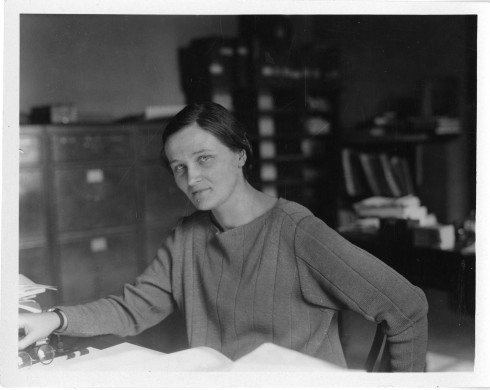
She discovered that all stars have very similar relative chemical abundances with hydrogen and helium comprising 99% by number. Also, she accurately determined the stellar actual temperatures and chemical abundances using the thermal ionization equation developed by Indian physicist Meghnad Saha.
This central conclusion still stands today, but at the time she was “talked out from it” by astronomer Henry Norris Russell. However, Russell came with the same conclusion via an entirely different means, and then her theory was eventually accepted. After Payne-Gaposchkin was acknowledged correct, the credit is generally given to him, rather than to her, although he himself acknowledged her work in his paper.
Payne-Gaposchkin was the first woman to chair a department at Harvard. She helped forge a path for other women scientists “because of her struggles against sex discrimination at Harvard College Observatory and by her example.”
Jocelyn Bell Burnell is another example of a talented woman in one of the most male-dominated fields, science and technology. She was born on July 15, 1943 in Beflast, Ireland.
She is a British astrophysicist who is famous for her discovery of the first radio while still a graduate student in radio astronomy at Cambridge University in England. The term pulsar is an abbreviation for pulsating radio star or rapidly pulsating radio sources. Bell Burnell received her Ph.D. in radio astronomy from Cambridge University in 1968.
In 1968, news of the discovery made by her was published in the journal Nature. She discovered the “recurring signals given off by their rotation while analyzing data printed out on three miles of paper from a radio telescope she helped assemble.”
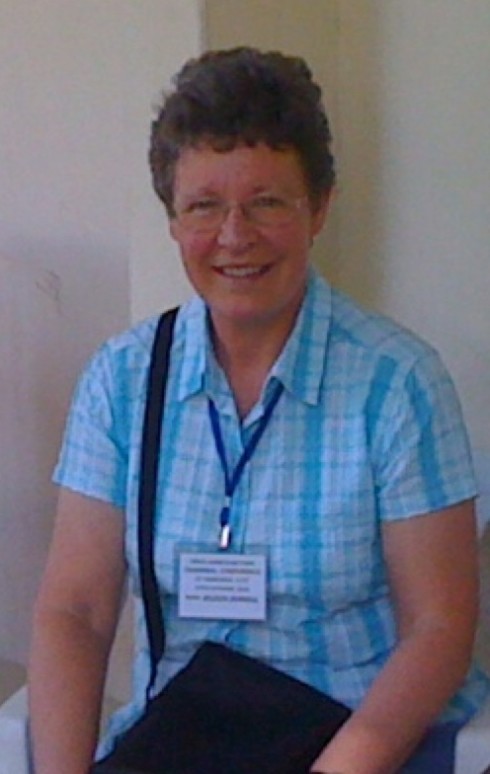
Her finding resulted in a Nobel Prize in Physics in 1974, but the award went to her thesis supervisor – Anthony Hewish, who took credit and listed her a non involved assistant, and to Martin Ryle, also a radio astronomer at Cambridge University. Bell Burnell was left out despite having observed the pulsars.
In an interview with National Geographic News, the astronomer explained:
The picture people had at the time of the way that science was done was that there was a senior man—and it was always a man—who had under him a whole load of minions, junior staff, who weren’t expected to think, who were only expected to do as he said.
Bell Burnell has received numerous awards for her professional contributions. She was first chosen as a fellow of the Royal Astronomical Society in 1969 and has served as its Vice President. Among many of her awards she received the Beatrice M. Tinsley Prize from the American Astronomical Society in 1987 and the Herschel Medal from the Royal Astronomical Society in 1989. She also won the Oppenheimer Prize and The Michelson Medal.
She is currently a Visiting Professor of Astrophysics at the University of Oxford and a Fellow of Mansfield College.
In 2012, Jocelyn chaired a working group for the Royal Society of Edinburgh, tasked with “finding a strategy to boost the number of women in the fields of science, technology, engineering, and math in Scotland.”
Lise Meitner was born on November 7, 1878 in Vienna, Austria. She was an Austrian-born physicist, who work on radioactivity and nuclear physics, led to the discovery of nuclear fission—the fact that atomic nuclei can split in two. Her finding based the groundwork for the atomic bomb.Beside Bell Burnell, Meitner is often mentioned as one of the most noticeable examples of women’s scientific achievement overlooked by the Nobel committee.
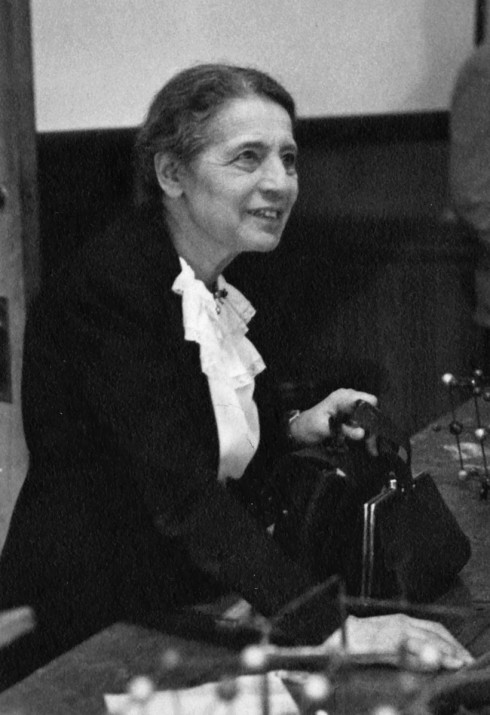
After receiving her Ph.D. in physics at the University of Vienna in 1906, Meitner went to Berlin in 1907 to study with Max Planck and the chemist Otto Hahn in the research on radioactivity. She worked together with Hahn for 30 years, and in 1918, they discovered the element protactinium.
In 1938 she was forced to leave Germany and went to Sweden, thought she continued to work with Hahn, “corresponding and meeting secretly in Copenhagen in November of that year.” In her absence, Hahn and Fritz Strassmann continued experiments they had begun earlier with Meitner. Hahn wrote to Meitner, describing the results they proved that a splitting of the uranium atom was feasible. In 1939, this process was “described in a letter to the journal Nature with a term borrowed from biology: fission.”
In 1944, Hahn was awarded the Nobel Prize for Chemistry for his nuclear fission research but Meitner was ignored. The Nobel “mistake” was never acknowledged, though in 1966, Meitner shared the Enrico Fermi Award (1966) with Hahn and Fritz Strassmann for their joint research.
Meitner retired to Cambridge, England, in 1960, where she died. In 1997, it was announced that element 109, the heaviest known element in the universe, was named Meitnerium (Mt) in her honor. In the science world, many consider Lise Meitner the “most significant woman scientist of the 20th Century.”
The most powerful determinant of whether a woman goes on in science and technology might be whether anyone at her early stages in education encourages her to go on. We hope that the current educational and science programs are working on the policies that are enabling and encouraging women to accomplish themselves equally in their careers.
Featured image source of Ms Jocelyn Bell Burnell:
http://i.huffpost.com/gen/1398733/thumbs/o-JOCELYN-BELL-BURNELL-facebook.jpg
References:
http://harvardmagazine.com/2002/03/portrait-of-a-pioneer.html
http://www.physics.ucla.edu/~cwp/Phase2/Payne-Gaposchkin,_Cecilia_Helena@861234567.html
http://www.webcitation.org/5o0fZYSgo
http://www.physics.ox.ac.uk/astro/people/SJocelynBellBurnell.htm
http://cosmos.colorado.edu/stem/courses/common/documents/chapter7/Bell.html
http://www.sdsc.edu/ScienceWomen/meitner.html
http://www.atomicarchive.com/Bios/Meitner.shtml
 Follow
Follow
1 thought on “Four women researchers who were overshadowed in the sciences”
Comments are closed.